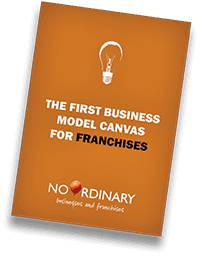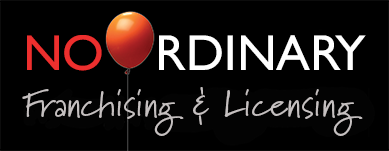I’ve found time and time again that because I’m not directly involved in my clients’ businesses, I’m able to look at their businesses with fresh eyes and work with them to unravel complex needs and issues.
The Big Mac is 50 years old this year, two years after its inventor, a McDonald’s franchisee by the name of Jim Delligatti, passed away. The question is – did innovation in franchising die along with him?
If cashflow is the lifeblood of business, innovation is commonly regarded as the jolt that keeps the heart pumping when business starts to slow. Unfortunately, franchise systems can be harder to pivot than a road train with multiple trailers on the back – especially the more established franchises with their locked-in franchise agreements and “tried and true” business systems.
McDonald’s is often held up as the bad boy of standardised blandness, formulaic uniformity, the enemy of cultural diversity.
Yet we all know that the McDonald’s business model was ground-breaking in its day and that it was franchisees, not the franchisor, who were responsible for innovations such as the Filet-o-Fish and Big Mac.
This accounts for around 19% of McDonald’s revenue, or $4.2 billion in 2017.
Given that the Big Mac accounts for around 19% of McDonald’s revenue, or $4.2 billion in 2017, and has become, in Delligatti’s own words, an American icon, that innovation was indeed fortuitous.
Like all innovations, it was driven by the need to find solutions to problems – in Delligatti’s case, the twin problems of surviving in Pennsylvania’s highly competitive fast food environment in McDonald’s early days and satisfying the demand for a larger burger. The Big Mac was a stroke of genius because adding another layer of bread in addition to a second meat patty – and not much else – justified doubling the Cheeseburger’s price without adding much to the cost, thereby increasing unit profitability.
You might expect that McDonald’s would have jumped at the opportunity to add the Big Mac to their national (and later international) menu. They didn’t. They first resisted the idea, then insisted that Delligatti only use ingredients that were already being used by McDonald’s. Delligatti spent months perfecting what is now called “McDonald’s special sauce” based on Thousand Island dressing. But by 1968, the Big Mac was on the menu of every American McDonald’s.
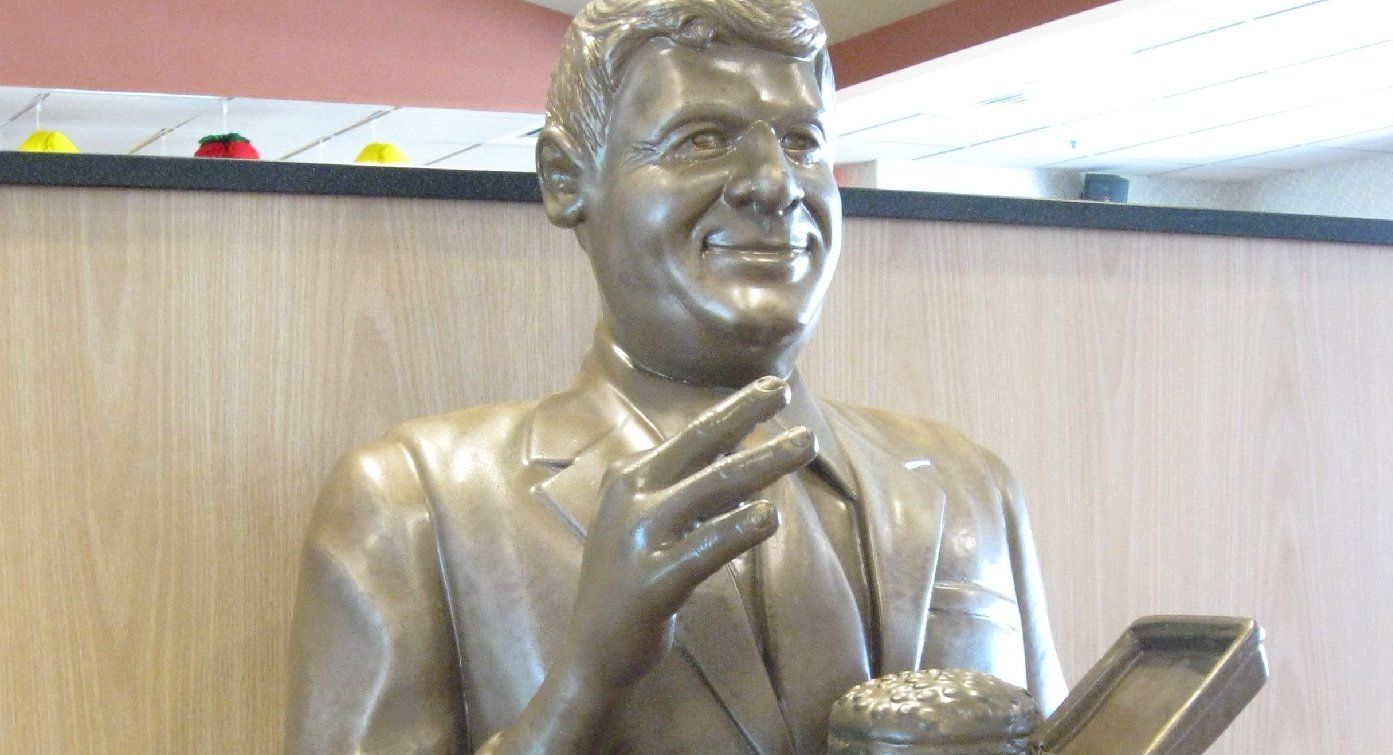
This ghastly statue and a plaque are all that commemorate Jim Delligatti, perhaps fittingly.
You might also expect that Delligatti would have been richly rewarded by McDonald’s for single-handedly adding billions to their sales. But again, you’d be wrong. In an interview with a Pittsburgh television station, Delligatti said that he had received no royalty payments for the creation of the Big Mac. But he had received a plaque.
“This wasn't like discovering the lightbulb,” he said modestly in an interview with the Los Angeles Times in 1993. “The bulb was already there. All I did was screw it in the socket.”

“The bulb was already there. All I did was screw it in the socket.” But isn’t that how all innovation works?
How different would McDonald’s be today if they had not only listened to their franchisees over the years but actively encouraged innovative ideas? Would they be struggling as they are for relevance in a changing world?
The problem is that business is still struggling with entrenched and out-dated ideas such as those of John Hayes, a franchise consultant, former franchisee and franchisor, and author of several franchise-related books.
“Some franchisees, and some franchise systems, are more effective when franchisees can innovate,” he says. “More often, however, when franchisees have to search for answers or experiment, the results are likely to be frustrating and quite often the franchisees lose money. Innovation belongs to the franchisor and it’s the responsibility of the franchisor.”
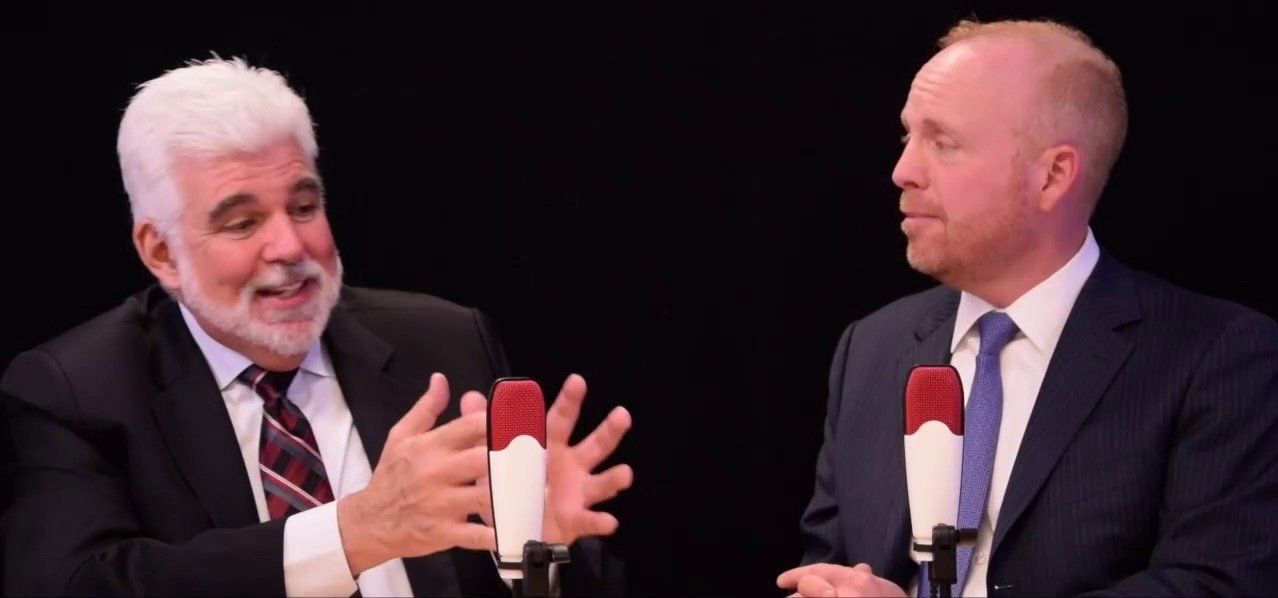
Tell that to Domino’s, whose American Legends pizza line and bread bowl pastas were developed and tested by a Los Angeles franchisee.
Where does innovation really come from? Need. Solving a problem. When Steve Jobs returned to Apple at a time when the company was close to bankruptcy, he famously said, “The cure for Apple is not cost-cutting. The cure for Apple is to innovate its way out of its current predicament.”
Twenty-one years later, Apple is the most valuable company on the planet.
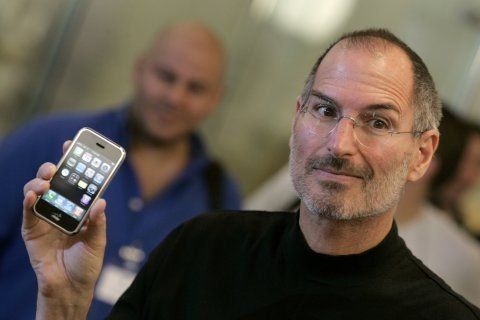
Jobs’ strategy was in direct contrast to many of his competitors. "Pretty much, Apple and Dell are the only ones in this industry making money,” he said. “They make it by being Walmart. We make it by innovation.”
Today, Apple has become the first company ever to hit one trillion dollars in market capitalisation, while the company founded by Michael Dell, who quipped in 1997 that he would “shut Apple down and give the money back to the shareholders”, is worth a measly $73 billion.
So how can you use innovation to futureproof your franchise and keep ahead of your competitors?
First: Get over yourself

Yes, franchising is about following systems, but if those systems become outdated or irrelevant, blindly following them is like following the lead lemming over the cliff. Innovation is essential to keeping your systems fresh and vital. In this fast-changing world, there’s no longer any such thing as a “proven business model”. Business models must change and adapt if they’re to remain healthy.
Second: Put aside your paranoia
Most franchisors worry that “if we allow franchisees to help us come up with new products and other innovations, why will they need us?” What they don’t realise is that by involving franchisees in the innovation process, they can strengthen the franchise as a whole for the mutual benefit of themselves and all their franchisees. So instead of feeling locked in by inflexible franchise agreements, franchisees will appreciate the real benefits of being part of a franchise to which they can make a more meaningful contribution.
Third: Say no selectively
Another concern that franchisors have is that if they encourage innovation, their franchisees may lose sight of their core business. This is a legitimate concern. To quote Steve Jobs again: “Innovation comes from saying no to 1,000 things.” When Jobs made his come-back at Apple, one of the first things he did was to reduce the number of products the company made so employees could focus on what was important. The trick here, of course, is to maintain focus without discouraging new ideas.
Fourth: Understand that failure is part of success
Was it Edison who tried 10,000 times to perfect the lightbulb before he got it right? That’s 9,999 failures. Most innovators would have given up long before that.
Many franchisors fear the “f word” because they think it undermines their “proven business model”. Rather than work with their franchisees to trial new products and systems, they use their company-owned businesses as testing grounds. But testing through franchisees has two important advantages – it develops franchisee involvement in the innovation process and, when testing is successful, sets franchisees up as champions, influencing the other franchisees to embrace change and better ways of doing things.
Fifth: Incentivise innovation by rewarding it
Jim Delligatti said the only reward he got from McDonald’s for inventing the Big Mac was a plaque. Of course, he ended up owning 49 McDonald’s so maybe McDonald’s Corporation felt that was reward enough. Franchise agreements almost always contain clauses restricting franchisees from offering anything but “approved” products and services, but most go further – specifying that any new developments created by franchisees must not only be approved by the franchisor before they can be implemented, but upon approval automatically become the property of the franchisor without payment of any compensation to the franchisee. That, in my opinion, is inequitable. It’s also going to do nothing for any plan you may have for making your franchise more innovative. It may even have the opposite effect – encouraging franchisees to make changes to their businesses behind your back.
Sixth: Create a culture of innovation
I promise you that this will be the last quote from Steve Jobs, but it’s a good one: “Innovation has nothing to do with how many R&D dollars you have. When Apple came up with the Mac, IBM was spending at least 100 times more on R&D. It’s not about money. It’s about the people you have, how you’re led, and how much you get it.”
Seventh: Bring in an outsider
To me, it makes perfect sense to involve your franchisees in innovation because they’re the ones on the coal face, dealing directly with customers. They also have a vested interest in developing the franchise business because they are business owners, not just employees. But often I find that owners are too close to their businesses to be able to see the forest for the trees, to take a truly objective and strategic view. For that, you need an outsider, an independent consultant.
But not just any consultant
Here are some of the ways I can help you make it happen
- By giving you my free e-book
The First Business Model Canvas for Franchises , a powerful tool for developing and updating your business model
(download it here)
- By working with you to deliberately disrupt your business model – it sounds counterintuitive, but exploring ways to disrupt your business before your competitors do can be the best way to stimulate innovation and keep ahead of the game (talk with me about my unique Disruptor programme)
- By working with you to objectively evaluate your franchise's current culture and developing a strategy for a culture of innovation and agility (contact me for a free Initial Consultation)
- By working with your franchisees and speaking/facilitating at your conferences and workshops
Contact me for a free Initial Consultation
Is your business modelabout to bebroken?
Find out if you’re at risk – and what to do about it
One out of three franchisors is concerned about the viability of their business model.
The ‘Business Model Canvas’ has emerged as a powerful tool for developing and updating business models.
Recognising that franchise businesses differ in several ways from other business types, I have come up with a new version of the Business Model Canvas designed specifically for franchises.
Type in your email address here to download your free e-book instantly:
My 3-step process for selling more franchises
Step 1: Evaluate what you’ve got
Either your current franchise recruitment process isn't working for you or it is working but you want more, so send me the details of what you're doing currently and I’ll come back to you with a FREE Evaluation Report. I'll also give you my professional recommendations on the best ways to improve your process and generate more leads.
COST: FREE
Step 2: Come up with a better plan
This is my forte. If you don't already have clear target markets, a dedicated franchise recruitment website, smart marketing materials, a prospect database, social media campaigns, a well thought-out sales process and an ongoing lead nurturing process, I can help you. Ooops, I think I may have said too much.
Step 3: Get help
I'm a franchise consultant, not a licensed business broker, so I can't sell franchises for you. However, I help you with the whole sales process, from planning and putting together your franchise recruitment marketing campaign to qualifying your leads, meeting with your prospects and guiding you through the selection and on-boarding process.
Take the first step now!
Send me the form below and details of your current franchise recruitment strategy, including links to your website, Facebook page and any other online marketing you are doing. The more you can send me, the more comprehensive my Franchise Recruitment Evaluation Report will be able to be.
I give you my undertaking that all information provided by you will be treated in strictest confidence and will not be passed on to any third party or used by us for any purpose other than evaluating your franchise recruitment programme.
Yes, please send me a FREE Franchise Recruitment Evaluation Report
FREE Franchise Recruitment Strategy Evaluation Report
I'm Robin La Pere, no ordinary business consultant. I've been a corporate leader and owned my own businesses, so I understand the impact that recessions can have on businesses which are unprepared.
The expert's say the next recession is on its way, so I've taken the initiative of producing an e-book incorporating everything I've learned over the years about getting businesses ready for economic downturns before it's too late.
I've packed
The No Ordinary 10-Step Programme for Futureproofing Your Business with great case studies of businesses which have not only survived previous recessions, but have actually thrived. I've also created a unique Anti-Recessionary Business System with a checklist of proven measures you can take to protect yourself and your business.



